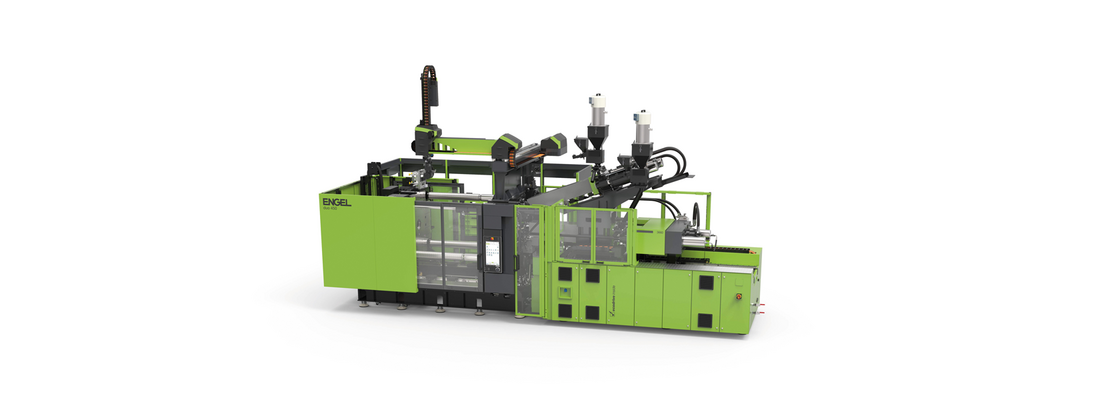ENGEL was an early adopter of China as a production and sales location and the first European injection moulding machine manufacturer to open a plant in Shanghai almost 20 years ago. After launch of the second brand, WINTEC – tailored to the needs of the Asian market – a second plant was opened in Changzhou in 2014. Since then, more than a thousand t-win series two-platen machines have been sold under the WINTEC brand. ENGEL is extending the WINTEC portfolio for Chinaplas, adding the t-win SE as a new series in the two-platen model portfolio; additionally, the launch of the e-win sees the first all-electric WINTEC model range enter the market.
This is an example of how the company's dual orientation, which has been tried and tested over many years, is bearing fruit: on the one hand, production takes place within a region for that region with a view to the local markets – and with local development and manufacturing expertise. On the other hand, ENGEL offers uniform quality standards, serving the entire world regardless of where the customer purchases the machine.
“We are taking our philosophy of providing both local and global solutions even further. We are currently establishing a global hub structure“, says Stefan Engleder, CEO of the ENGEL Group. This means that each of the three regions, the Americas, Europe and Asia is made up of largely independent units, each comprising sales, order processing, production and after sales. Each of the three hubs is in close contact with headquarters with a view to establishing and implementing global standards wherever required and appropriate. This creates ideal conditions for serving the Asian market in the future.
WINTEC t-win SE: new two-platen machine for the Asian market
With more than 1,000 units sold, the t-win SE is the latest addition to the two-platen series, and specifically tailored to the needs of the Asian markets. “With the t-win SE as the new basic machine and the ENGEL duo series for demanding applications, we can now cover all levels of complexity in the Asian region with our two-platen injection moulding machines,“ says Engleder. Development and production of the t-win SE take place in Changzhou. Initially, the 6,500 kN, 10,500 kN and 18,000 kN sizes will be available for customers in Asia. A new WINTEC t-win SE 6500-2310 is showcasing an efficient system solution for the production of fog light surrounds made of polypropylene. The components are injected into a two-cavity mould created by a local mould maker and taken off by a WINTEC α-win linear robot.
In addition to the t-win SE, the all-electric e-win series is also celebrating its first showing at Chinaplas.
Precision for optical parts
Three further exhibits see the company address the booming Chinese mobility sector.
In line with the continuing swing from internal combustion engines to electric drivetrains, the classic radiator grille has become obsolete as the main identity-defining element for automotive brands – this role is now increasingly being fulfilled by the headlight signatures. The light guides required for this need to be manufactured with great care and precision to avoid irregularities or impurities in the melt impairing the required optical quality. The tie-bar-less ENGEL victory 120, in combination with the optimelt process, fully plays to its strengths in this application: plasticising components for PMMA developed and manufactured in-house allow for gentle processing of the melt, preventing yellowing and burn marks. The tie-bar-less clamping unit supports precise moulding of long and thin parts thanks to its particularly homogeneous clamping force distribution. This makes it the machine of choice in the manufacture of particularly long light guides of consistently high optical quality. Further benefits: the tie-bar-less design means that even very large moulds can be used on comparatively small injection moulding machines – the exhibit on show is a victory with a clamping force of just 1,200 kN. Compared to this, a tie-bar machine would need a significantly higher clamping force due to the space required for the mould.











